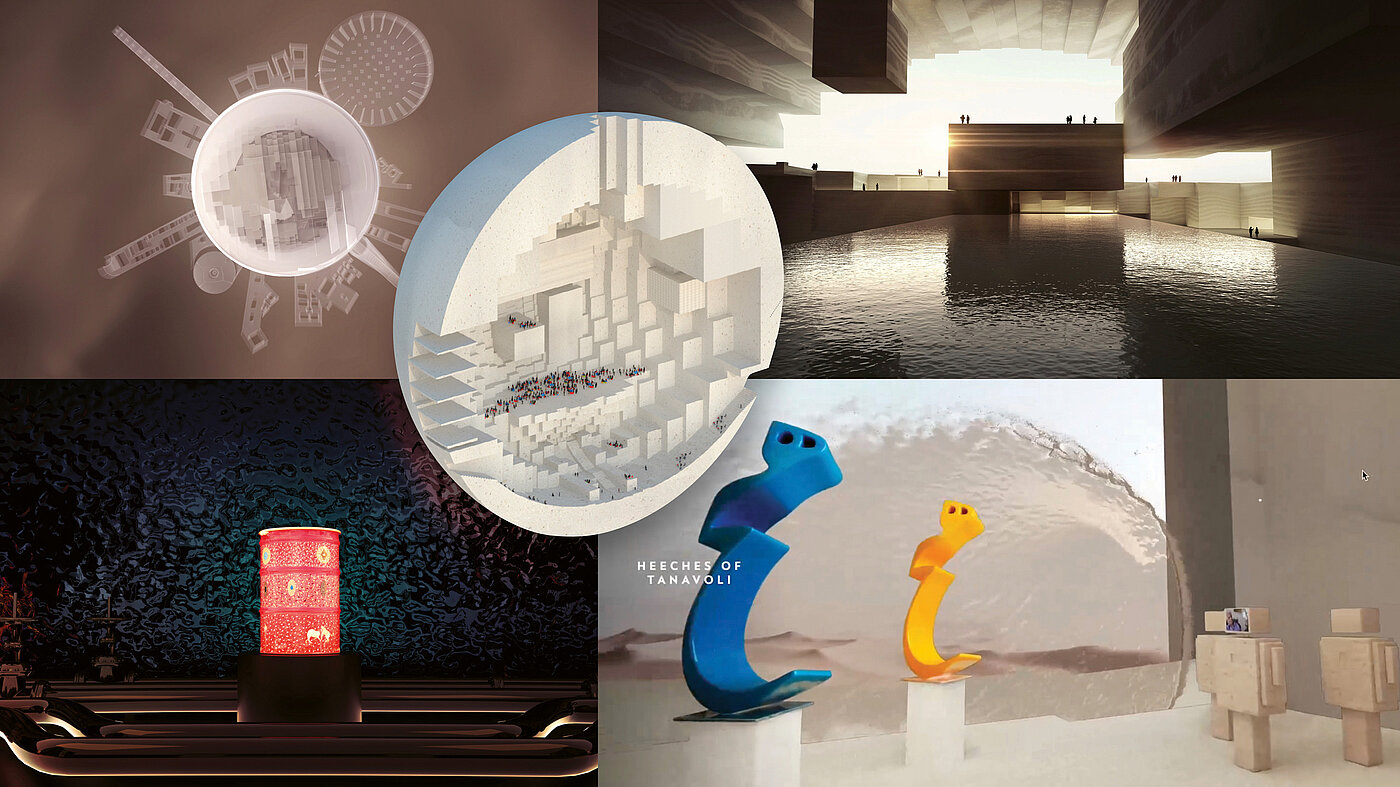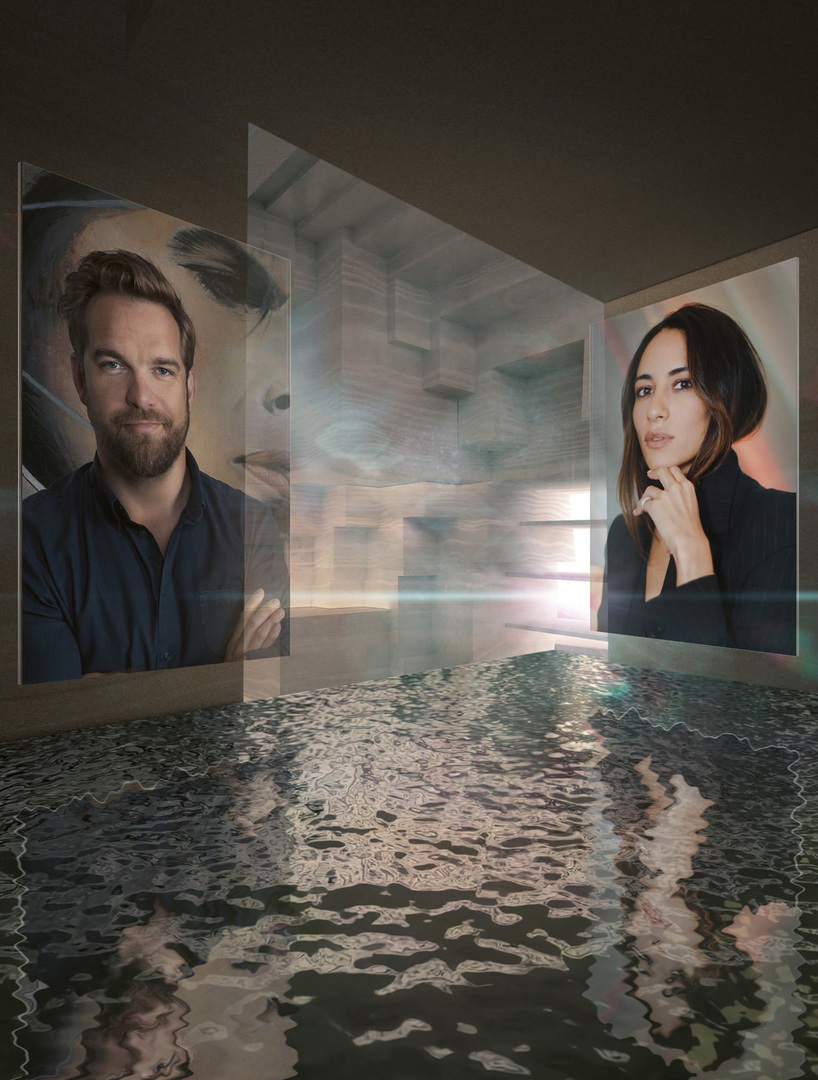![[Translate to English:] [Translate to English:]](/fileadmin/_processed_/f/a/csm_02-05761-2023BC.0995918_CO_79466522de.jpg)
With the iii Museum, the Mohammed Afkhami Foundation gives Iranian artists a virtual voice. The flexible rooms can be used any way desired and invite people from all over the world to an inspiring visit. The exhibition environment, lighting and materials dynamically adapt to each exhibit.
Interview with Lili Studios | SERVICEPLAN GERMANY
Red Dot: iii is a virtual museum that provides an international platform for Iranian artists, especially women artists. As a virtual exhibition space, it is enormously flexible. What are the challenges inherent to this freedom of use?
Lili Studios | SERVICEPLAN GERMANY: The biggest challenge was the fact that there are no physical boundaries. We had to define the boundaries to match the energy and intention of the exhibition. With this enormous flexibility, there is a risk of diluting the curatorial vision. It was also crucial that the exhibition convey a coherent and meaningful narrative. The possibility of arbitrary scaling is also an important point; after all, this makes it possible to control the user experience throughout the museum. We have to decide when to enlarge the exhibits or whether to respect their original size. In addition, we asked ourselves how we could turn the architecture into an interactive tool that enhances the artworks.
iii is a cultural project, but it also fulfils a social function. Can you describe this interplay?
I think the role of contemporary art is to mirror the situation of society. With the iii Museum, we wanted to take the virtual DNA and make it an international stage. We aimed to create a museum for Iranian artists from all over the world and present this incredible collection to a global audience to initiate a global discussion. In this context, I would like to highlight the collaboration with our curator Fereshteh Daftari, one of the most renowned experts on Iranian art. Together, we carefully worked out the individual displays over a period of six months, knowing how difficult it is to enhance the impact of each individual exhibit without compromising the artworks themselves.
Is iii already a foretaste of the potential that the metaverse holds in the future?
For me, the greatest opportunity of virtuality in the exhibition space is to amplify the artist’s intention, message and voice – to intensify the art experience beyond the possibilities of a physical museum. The increasing relevance and contextualisation of art in time and space is what I believe will have the biggest impact on the art world.
How will exhibitions in the real world need to be designed in the future in order to compete with a virtual museum?
Honestly, I look forward to virtual projects that boldly explore the interplay of art, artists and positions, thereby introducing entirely new interactive tools for engaging with art. And I look forward to visiting physical exhibitions that build on the sensory qualities of reality, rather than trying to imitate the virtual.


![[Translate to English:] [Translate to English:]](/fileadmin/_processed_/6/d/csm_07-05764-2023BC.0995921_CO_e3b70fb250.jpg)
![[Translate to English:] [Translate to English:]](/fileadmin/_processed_/b/5/csm_18-06257-2023BC.0997178_CO_86faf63c46.jpg)